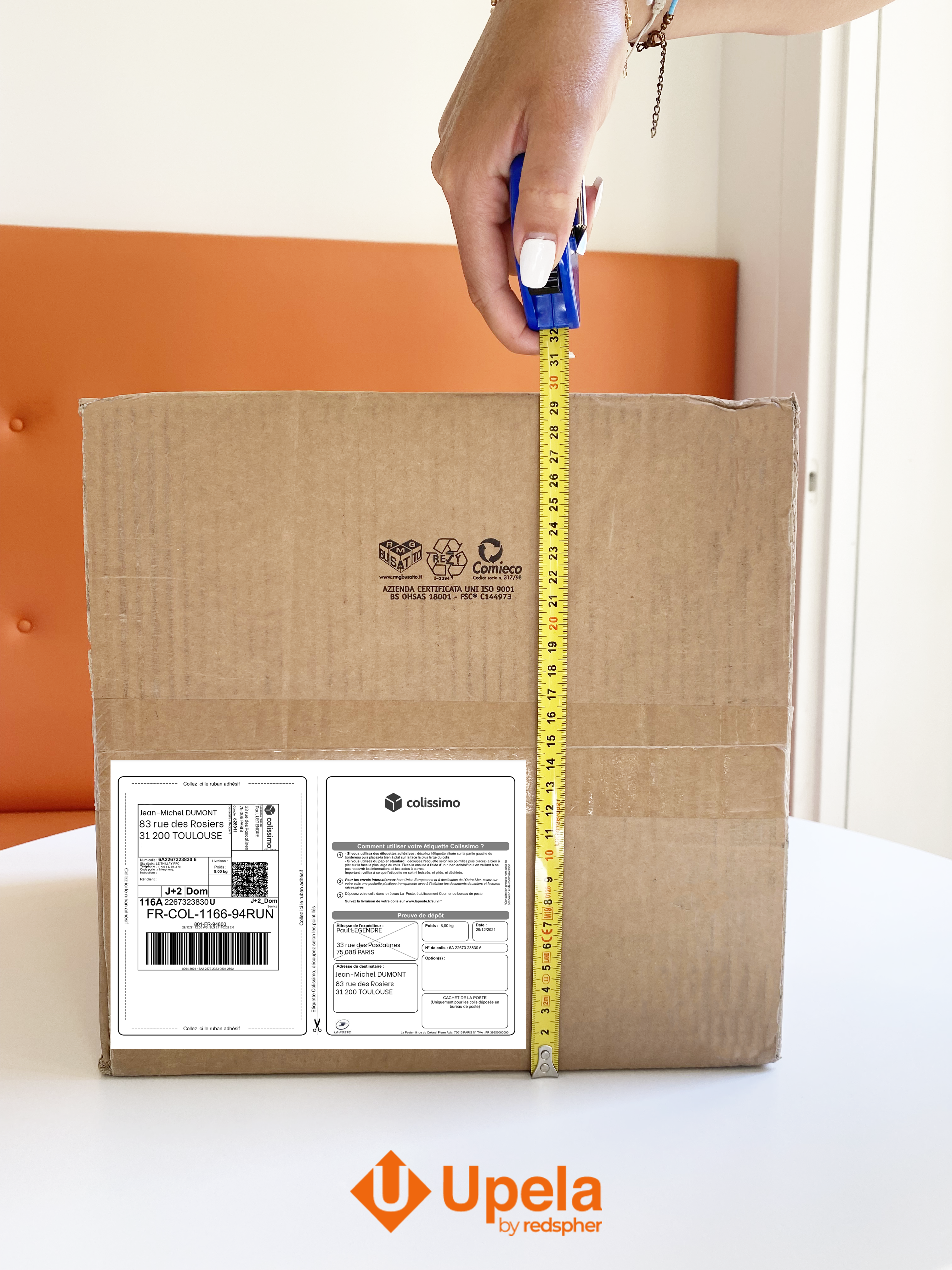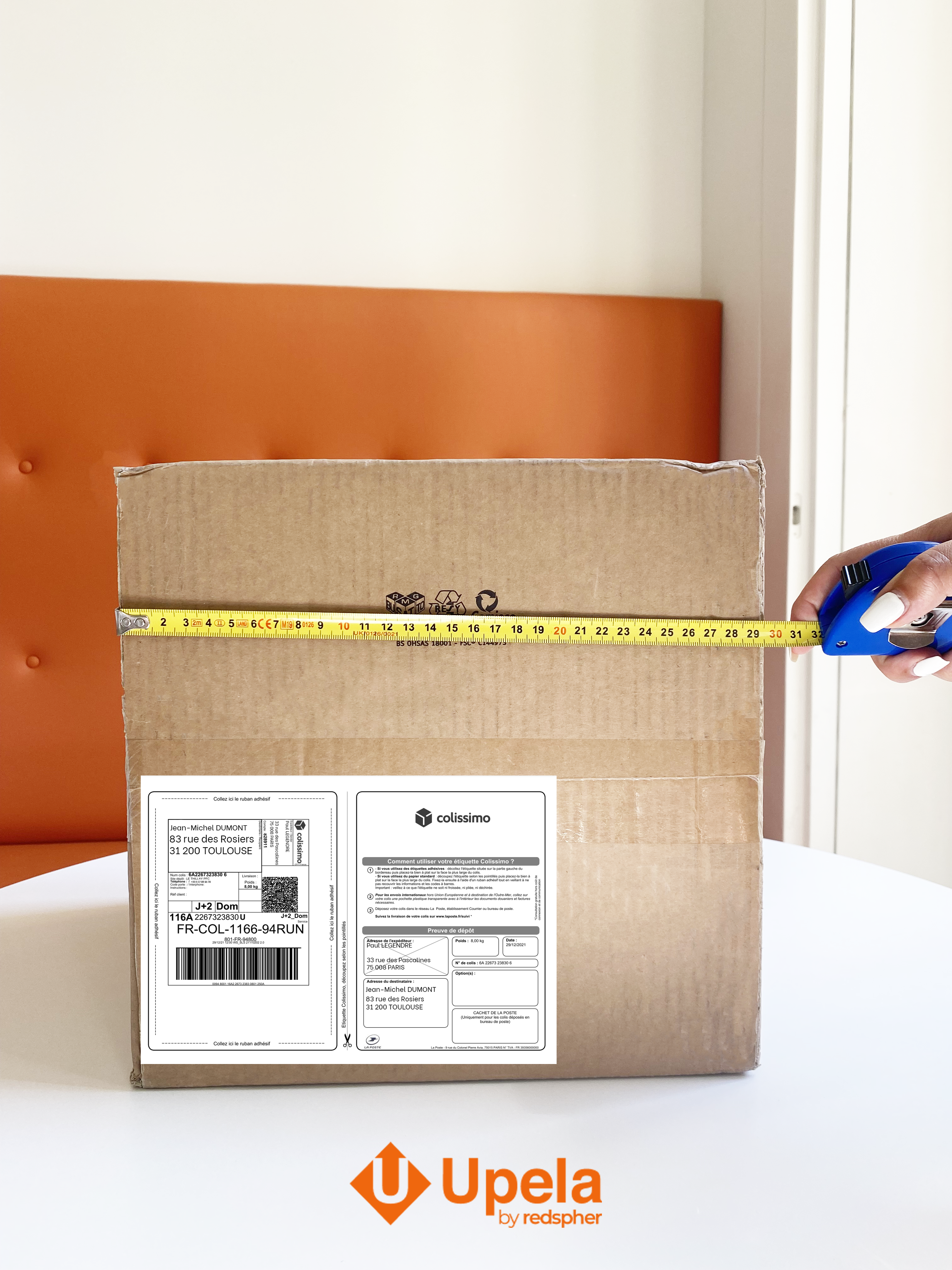Did you make a shipment and receive an additional invoice a few weeks later for incorrect weight or dimensions?
Before you learn how to avoid chargebacks, we'll give you a quick explanation of how they work.
Re-invoicing, or complementary invoices: how does it work?
When you ship a package, once it is picked up by the carrier, it is audited, i.e., weighed and measured to verify that the information provided in your order is correct.
If the information collected by the carrier is not in conformity, an additional invoice may be generated, this is the first and most common case.
The second case is if an "anomaly" is noted during the routing of your shipment such as: consignee notified absent, a missing export document, address error, etc. An additional invoice can be generated if your shipment requires additional handling or administrative processing.
What are the most common reasons for chargebacks?
-
Wrong dimensions
When you go to place an order on our site (or another shipping site, or comparison shopping site), you are asked to enter the dimensions of your package. However, there are often errors on this first step.
Indeed, what you are actually asked for are the dimensions of the package once it is packed. Because the dimensions taken into account by the carrier are the outside dimensions of your shipping carton.
Common mistakes:
- The dimensions of the goods are entered, whereas it is the dimensions of the goods packed in the shipping carton that count.
- Dimensions are rounded down. For example, if your package measures 15x31.4x15 cm, it is very common for shippers to round up to 15x31x15 cm. In this case, it is better to round up to a higher value like 15x32x15 cm. Or even add one centimeter on each side for more security.
- You ship a suitcase, and you forget to take into account the overhanging elements (wheels, handles) in the declaration of the dimensions.
- Oversized parcels: before sending a parcel with a carrier, you must make sure that your parcel does not exceed the limits of a parcel (size and maximum weight). This is why we insist on measuring and weighing your package correctly, so that the best offer for your needs is presented to you. If the weights and dimensions are underestimated, and offers that are not adapted to the size of your package are proposed to you, then this difference will be invoiced to you after it has been taken in charge. Very often carriers will still make the delivery, however, this type of pickup will have required additional handling, which will be billed in the weeks that follow.
A difference, even of a few centimeters, can be subject to a large charge.
Our advice:
Before shipping your package, we strongly recommend that you take a picture of your package once it is packed, with the packing slip affixed to it with a tape measure that takes the full height, width and length of your shipment. This way, if you are billed for a shipment, you will have proof of the truthfulness of the size of your package, and this bill will be contested with the carrier concerned.


The values must be clearly legible on the photo, and the package must be visible in its entirety, avoiding cut or cropped photos.
-
Incorrect weight
As with incorrect dimensions, we strongly recommend that you weigh your package once it is packed. You can also take a picture of your package on a scale displaying the weight of your package to verify your statements. Do not hesitate to round up the weight of your package for more security.
-
Non-compliant packaging
Sometimes shippers send non-rigid or oddly shaped packages. It is important to ensure that your package is packaged in accordance with carrier regulations.
As a reminder, the packages must be packed in rigid packaging with flat surfaces.
Very often the packages that are subject to re-invoicing for non-compliant packaging are :
- Flexible, soft, non-rigid packaging
- Non-rigid suitcases
- The bag is used as a container and not as a content (i.e. the bag is used as a packaging for the package)
- Overfilled packages that deform the package (convex walls, bulging and or curved cardboard)
- Cylindrical, conical or curved packages: which do not fit on automated lines because of their shape, and therefore require additional handling
Error in reporting shipping information
Missing export documents
For your shipments (especially international shipments), it is the sender's responsibility to provide all the necessary documents for the execution of customs formalities in compliance with the applicable regulations.
When you ship internationally, there are customs documents to be provided (we remind you that the United Kingdom is no longer part of the European Union and that there are therefore customs formalities to be carried out such as providing an EORI FR identifier if you ship from France).
For international shipments, certain customs documents must be provided. If you do not know which documents to enclose, we invite you to contact the customs authorities of your destination country. You can also consult the page dedicated to your country of destination on our website: Send a parcel internationally
Or contact our support team who will advise you on the customs documents to be provided according to your destination country.
Address error
This is less common than the previous cases, however it can happen that the delivery information is missing or incomplete. Please make sure that your delivery information is correct and complete, and do not hesitate to confirm this information with your recipient.
If you wish to know more about the reasons for re-billing, we invite you to read our dedicated article or to contact us through a contact form. We also invite you to consult the general sales conditions of our carriers before making a shipment.
